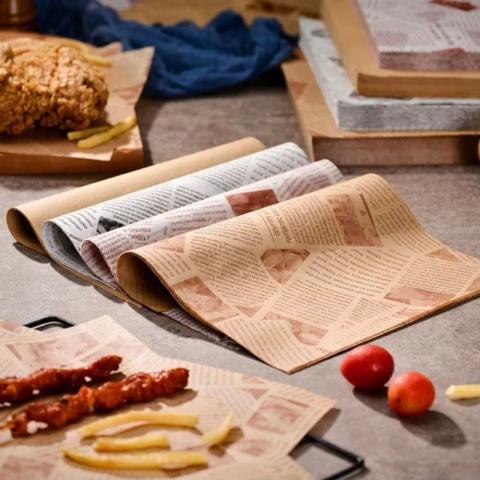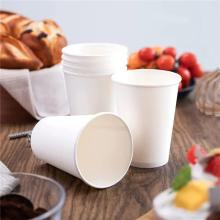PLA coated greaseproof paper is a composite material based on plant fiber and coated with a layer of PLA film.PLA is a kind of biodegradable plastics, which is mainly made from natural resources such as corn starch and cassava through the process of fermentation and polymerization. This material not only has good physical properties, but also receives widespread attention for its environmental friendly properties.
Features
- Environmentally friendly: PLA is environmentally friendly as it is derived from renewable resources and can be completely decomposed into carbon dioxide and water under natural conditions.
- Excellent water and oil resistance: PLA coating can effectively block moisture and grease penetration, so that the paper will not be easily damaged or deteriorated even in contact with liquids.
- good breathability: despite the excellent barrier function, PLA lamination paper still maintains a certain degree of breathability, which is conducive to the regulation of moisture in food packaging.
- High mechanical strength: compared with ordinary paper products, the treated PLA laminated greaseproof paper has stronger tensile strength and tear resistance.
- Safety: non-toxic and harmless, in line with food safety standards, suitable for direct contact with food packaging field.
Applications
- food packaging: widely used in fast food boxes, hamburger wrappers, sandwich bags and other products that require greaseproof and waterproof function; also can be used as an ideal choice for bakery products such as cake trays, cookies packaging and so on.
- medical industry: it can be used for disposable medical equipment packaging to ensure that the internal items are not contaminated by the outside world.
- daily necessities packaging: for some need to prevent leakage of small objects packaging is also very suitable, such as cosmetic samples, soap packaging.
- Industrial use: In addition to the above civil fields, it can also be used as an industrial protective material in some specific cases, such as the protective layer of the inner lining during the transportation of chemicals.
Product Category



